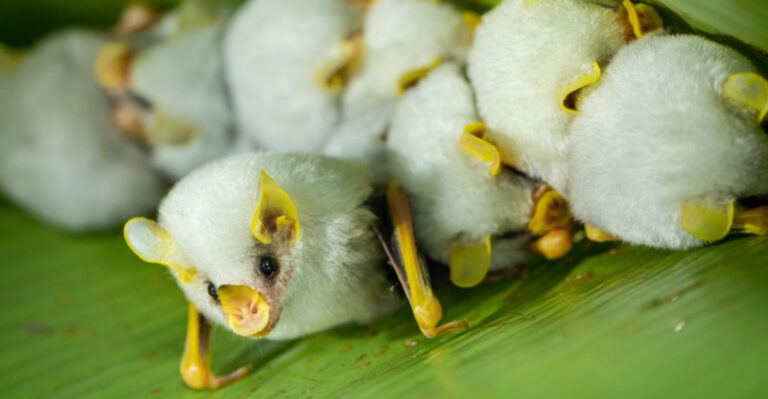10 U.S. States With The Most Reported Copperhead Bites
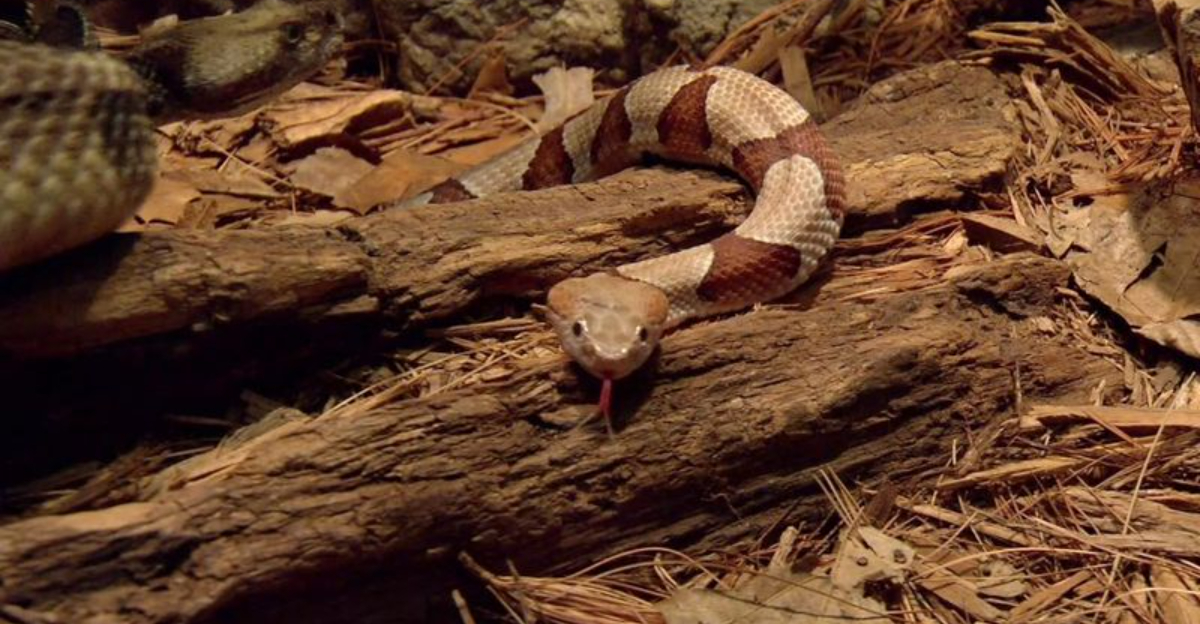
Copperheads are responsible for more snakebites in the United States than any other venomous species. These ambush predators blend perfectly with forest floor debris, making them nearly invisible to hikers and gardeners.
While rarely fatal, their painful bites require medical attention and understanding which states have the highest bite rates can help residents take proper precautions.
1. North Carolina
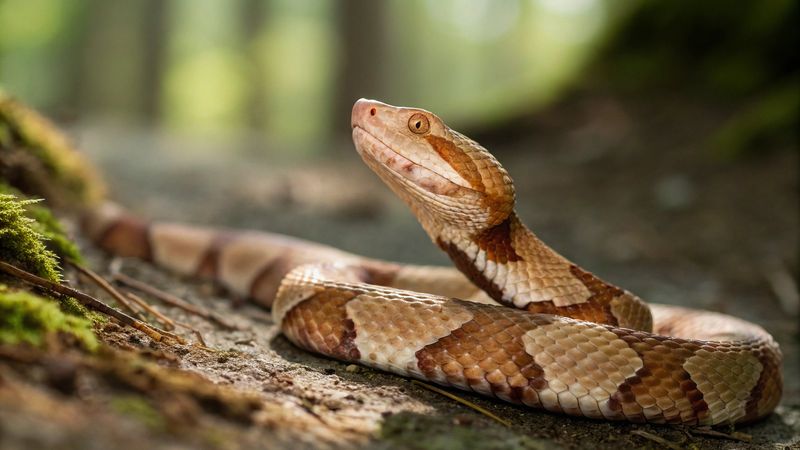
The Tar Heel State leads America in copperhead encounters, with residents facing a staggering risk compared to other regions. The snake’s preference for the state’s diverse habitats – from coastal plains to mountain forests – contributes to frequent human-snake interactions.
Suburban development into formerly wild areas has increased these dangerous meetings, especially during summer months when both humans and snakes are most active.
2. West Virginia
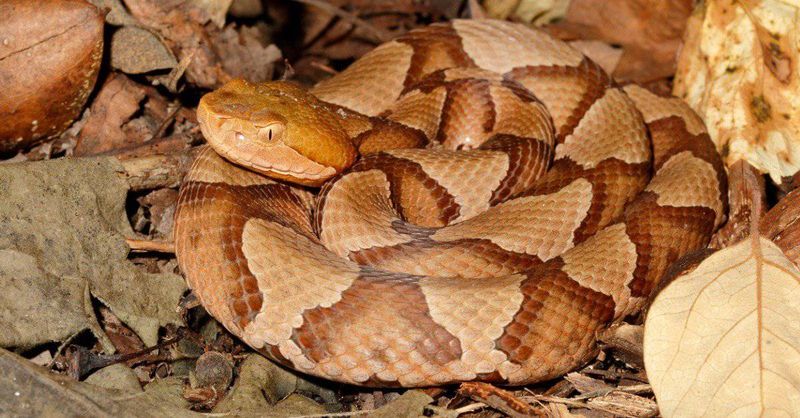
Mountain State residents encounter these copper-topped serpents at alarming rates. The state’s rugged terrain and abundant wilderness create perfect habitats for these ambush predators who thrive in rocky, wooded environments.
Rural lifestyles mean West Virginians often work outdoors in gardens, farms, and forests where copperheads hide. Most bites occur when residents accidentally step on or near the well-camouflaged snakes.
3. Arkansas
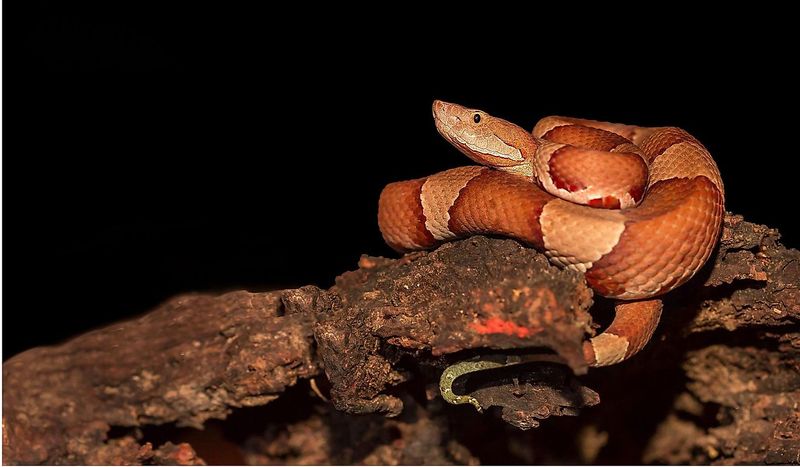
Arkansas earns its high-risk ranking through a perfect storm of environmental factors. The Natural State’s humid climate and diverse ecosystems provide ideal breeding grounds for copperheads, especially in the Ozark and Ouachita Mountains.
Farmers and outdoor enthusiasts frequently disturb these snakes while working or recreating. Bites typically spike during spring and fall when copperheads are most active and humans venture into their territory.
4. Oklahoma
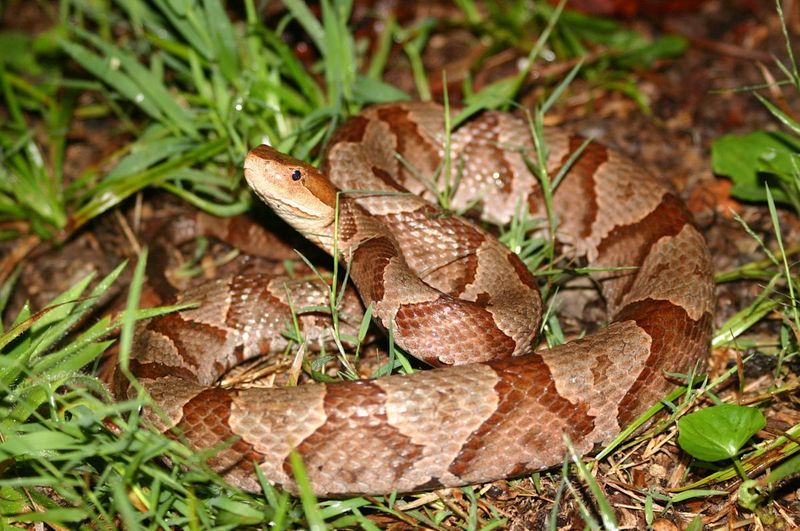
Sooner State residents face substantial copperhead dangers across diverse landscapes. From eastern woodlands to central prairies, these adaptable pit vipers thrive wherever rodents and suitable cover exist.
Oklahoma’s agricultural economy puts many workers in harm’s way during planting and harvesting seasons. Weekend warriors clearing brush or hiking trails account for numerous incidents, especially in the state’s eastern regions where copperhead populations are densest.
5. Virginia

Virginia’s blend of urban sprawl and pristine wilderness creates numerous human-copperhead conflict zones. Suburban development into formerly wild areas has pushed these adaptable snakes into backyards, parks, and golf courses.
The Old Dominion’s diverse geography supports healthy copperhead populations statewide. Gardeners receive the most bites, typically when reaching into mulch or leaf piles where these masterfully camouflaged predators lie in wait for unsuspecting prey.
6. Missouri
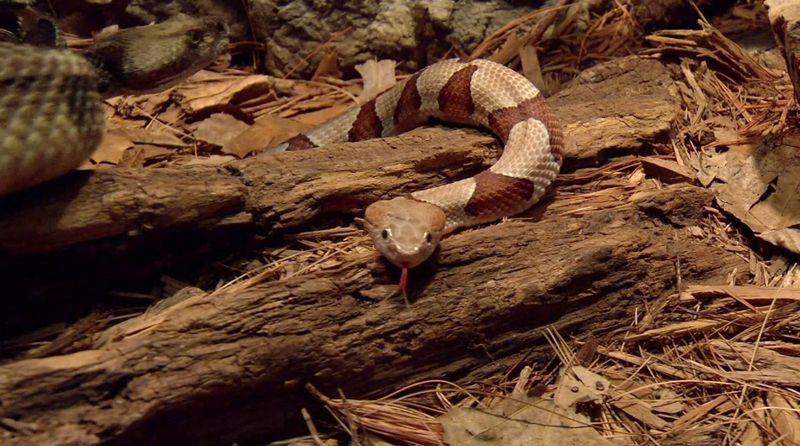
Show-Me State residents encounter copperheads with surprising frequency despite moderate population density. The snake’s remarkable ability to thrive in both wilderness and semi-urban environments makes it a common backyard visitor, especially in the Ozark region.
Hikers exploring Missouri’s extensive trail systems report numerous close calls. Evening gardening proves particularly dangerous as these primarily nocturnal hunters become more active while humans struggle to spot their cryptic coloration in diminishing light.
7. Georgia

Georgia’s impressive bite statistics reflect both abundant snake populations and human behavior patterns. From mountain retreats to coastal plains, these adaptable pit vipers flourish throughout the Peach State, surprising unwary residents year-round.
Atlanta’s suburban sprawl creates particularly problematic interfaces between humans and wildlife. Yard work accounts for most encounters, with barefoot victims stepping on perfectly camouflaged snakes hiding among fallen leaves or garden debris.
8. Louisiana
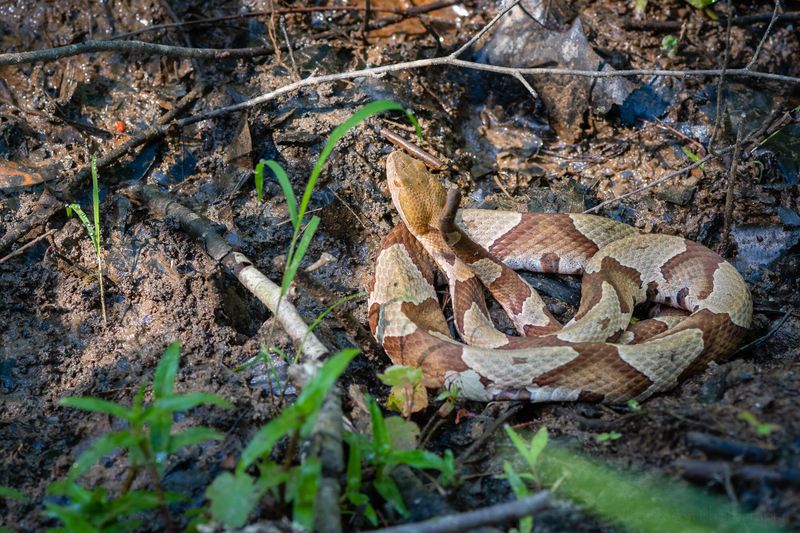
Bayou State residents contend with copperheads primarily in the state’s northern and central regions. Unlike water moccasins that prefer swampy habitats, copperheads favor Louisiana’s upland forests and suburban edges where rodent populations provide ample food.
Hunting and fishing enthusiasts frequently encounter these well-camouflaged predators during outdoor pursuits. Children playing in leaf piles or exploring wooded areas represent a concerning percentage of bite victims in this southern state.
9. Mississippi
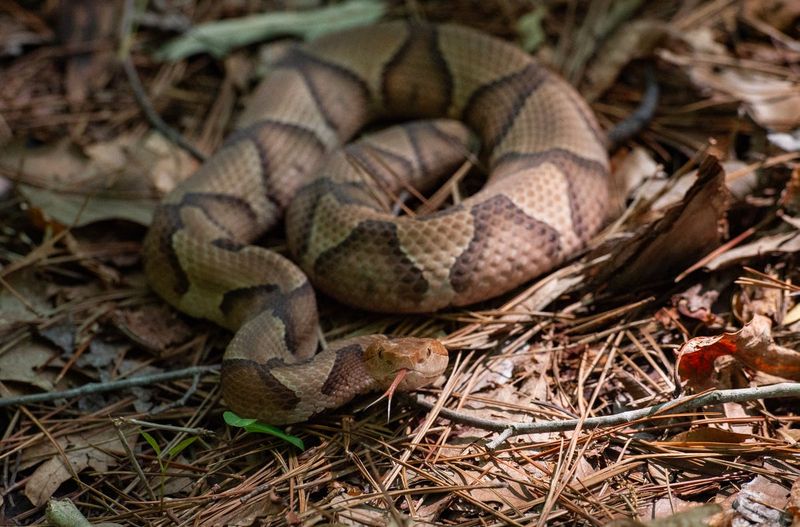
Magnolia State residents face copperhead dangers across diverse landscapes. These highly adaptable pit vipers thrive in Mississippi’s humid climate, making themselves at home in forests, farmlands, and increasingly, suburban environments.
Agricultural workers suffer numerous bites while tending crops or clearing land. Weekend yard maintenance presents another common scenario for encounters, with victims often reaching blindly into vegetation where these masters of camouflage lie perfectly concealed.
10. Texas
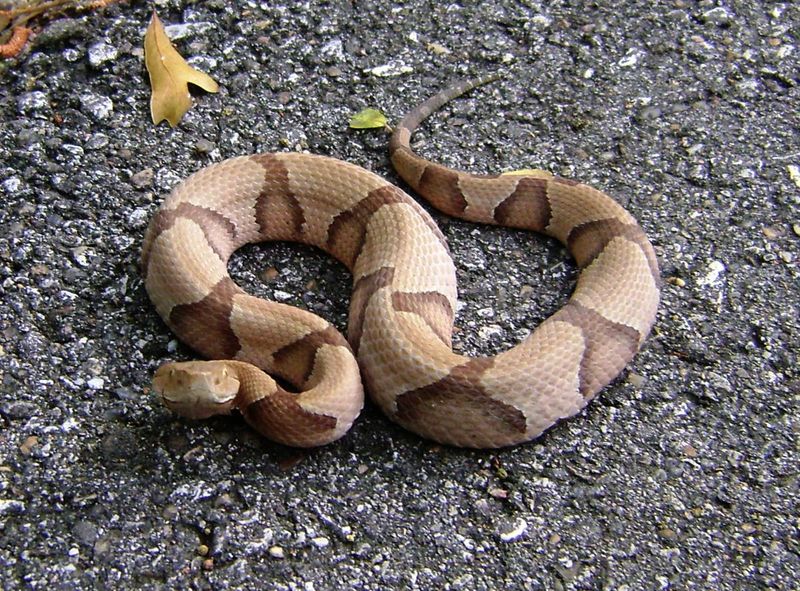
The Lone Star State’s massive size and diverse ecosystems support enormous copperhead populations, especially in eastern and central regions. While the bite rate per capita isn’t as high as other states, Texas’s large population results in the highest total number of annual copperhead encounters.
Urban development into formerly wild areas has created countless conflict zones. Houston and Dallas-Fort Worth residents frequently report finding these adaptable predators in manicured yards, parks, and golf courses.

